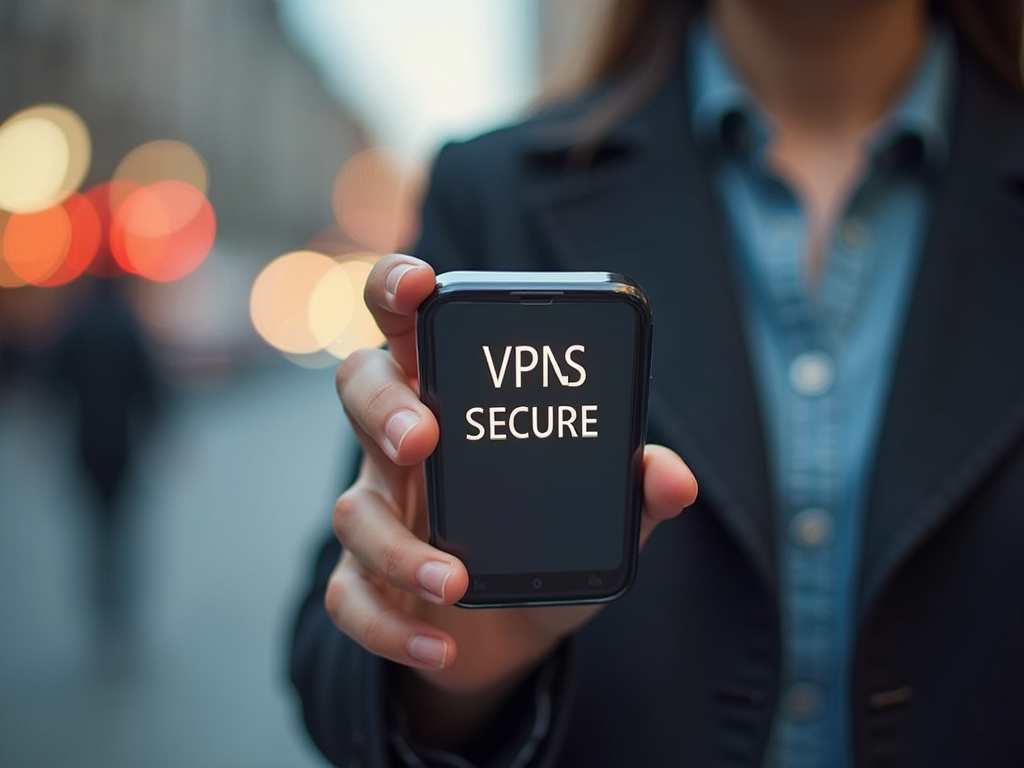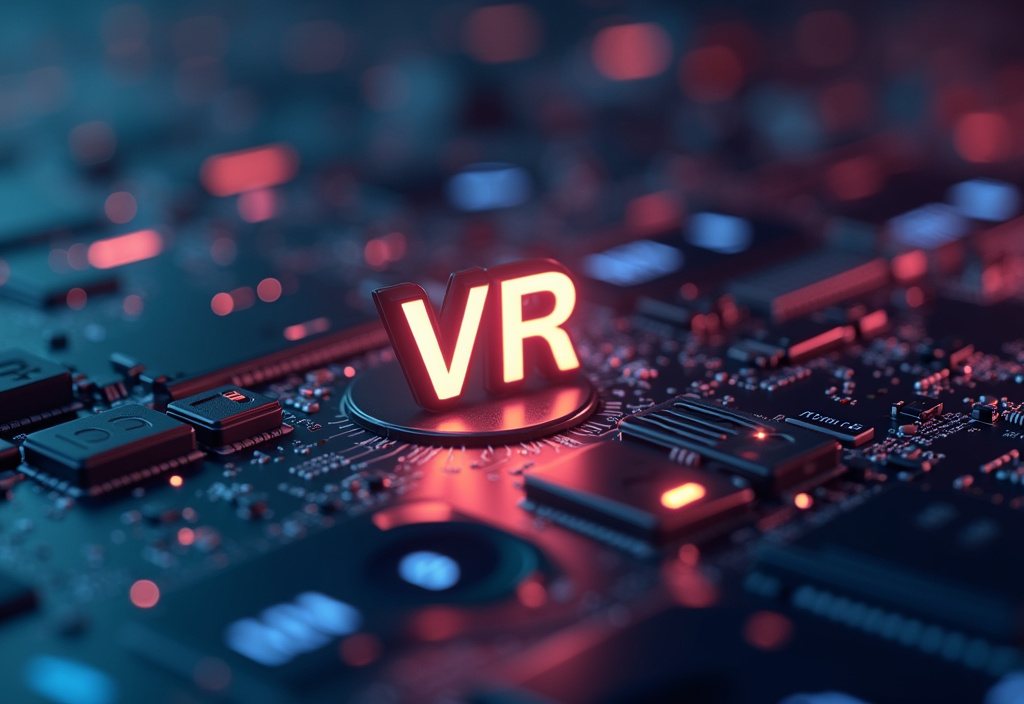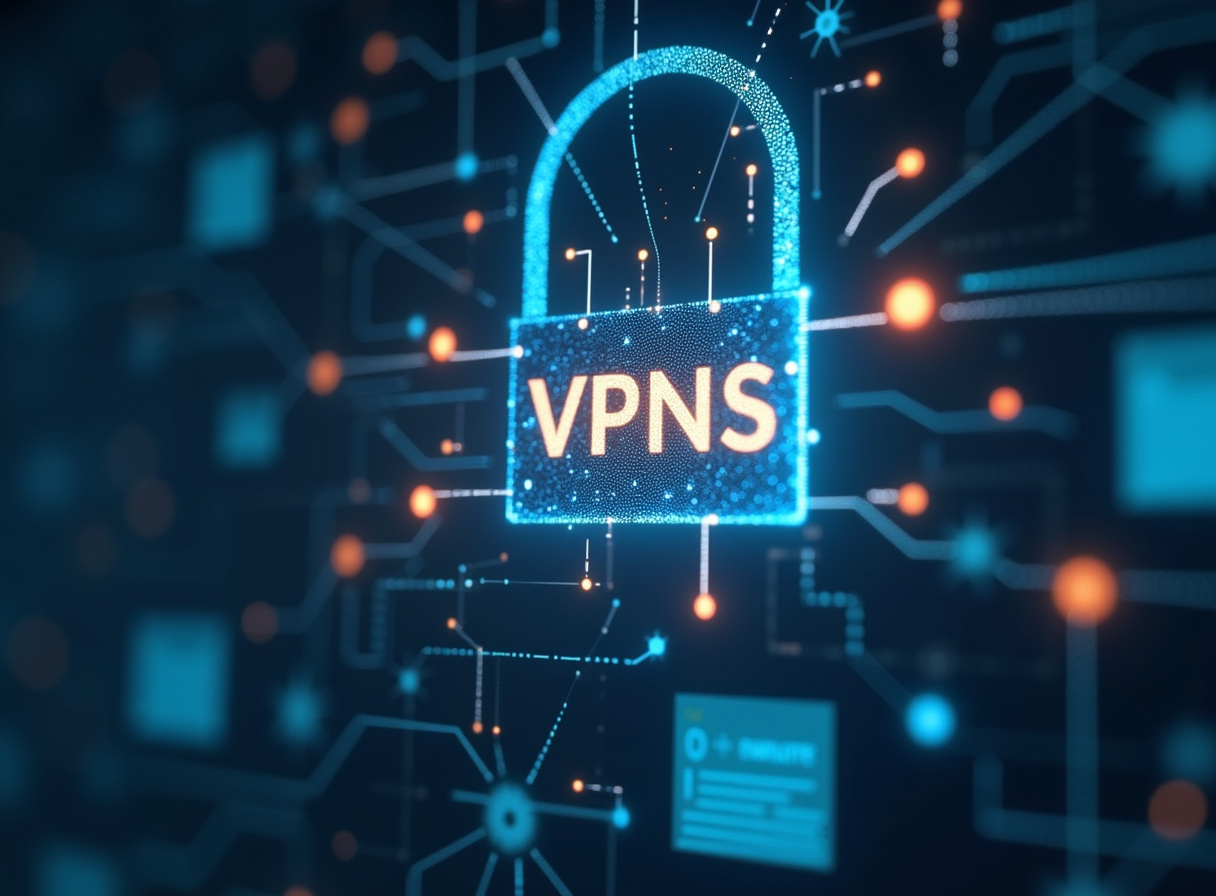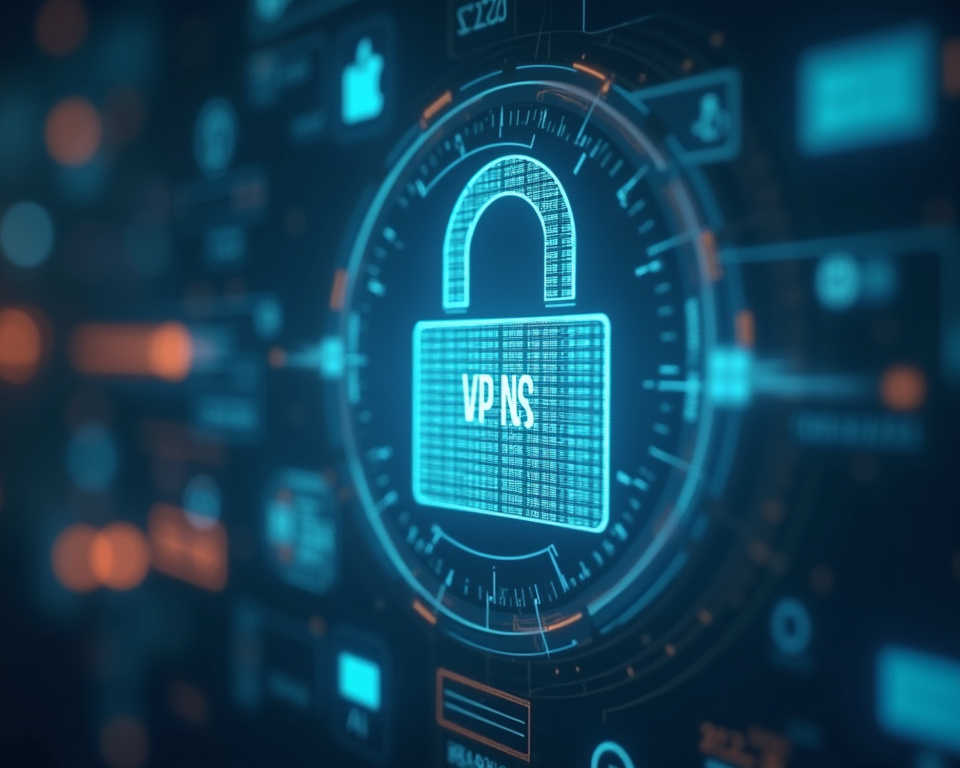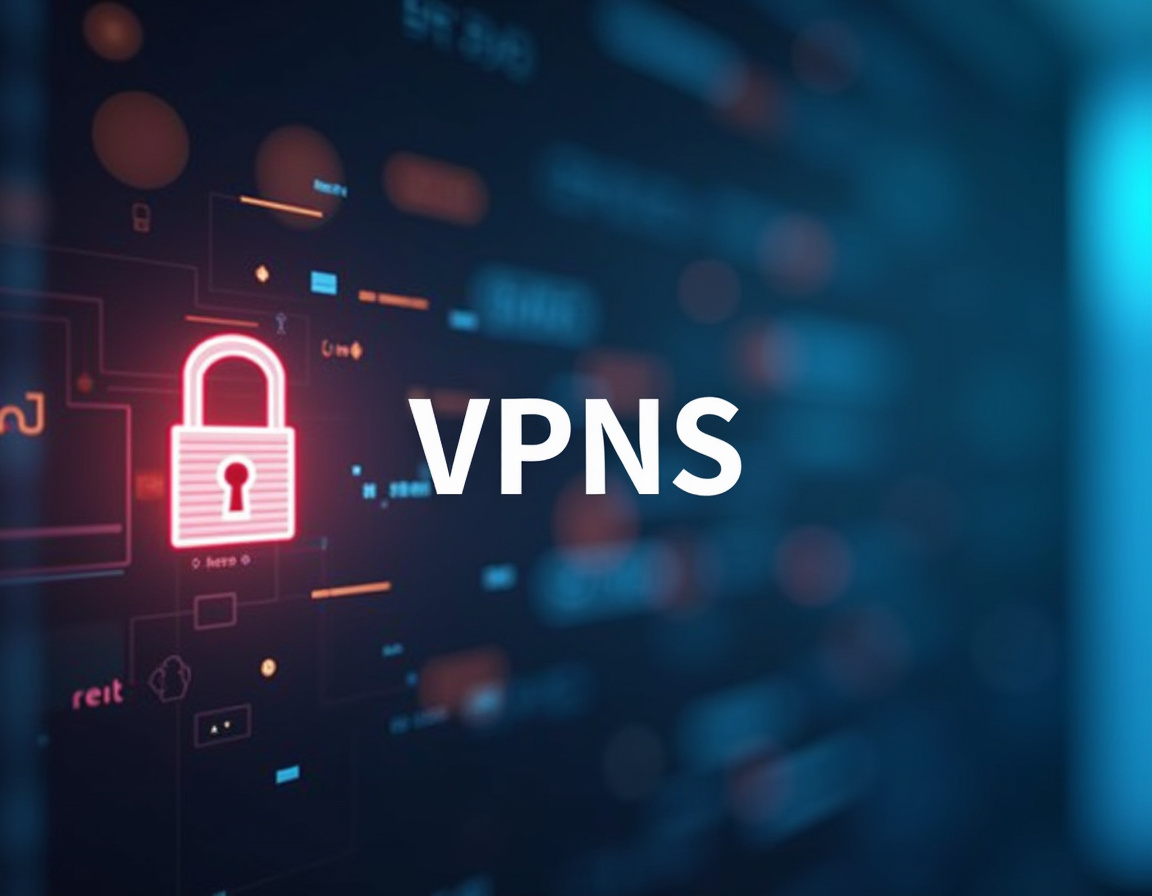VPNs for Augmented Reality Developers: Securing Project Data
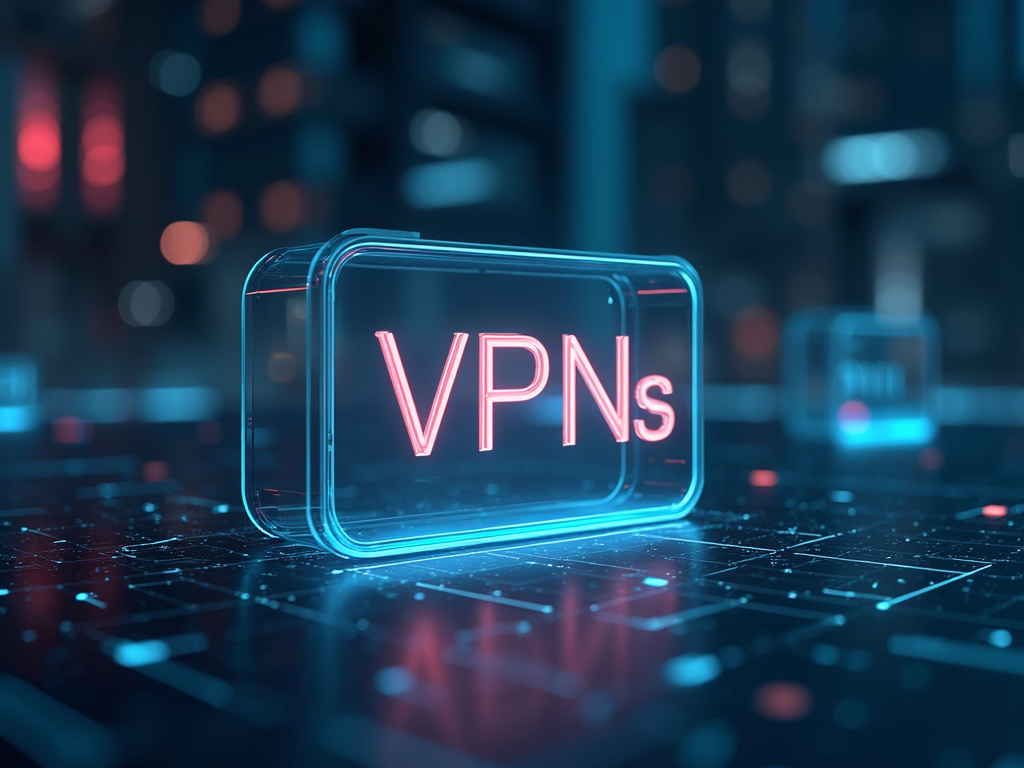
Table of Contents
VPN for developers
Augmented Reality (AR) is rapidly transforming industries, from gaming and entertainment to healthcare and education. As AR applications become increasingly sophisticated and data-driven, the need for robust security measures becomes paramount. AR developers, who are at the forefront of this technological revolution, face unique challenges in safeguarding sensitive project data and ensuring user privacy.
This article delves into a critical tool in their arsenal: a Virtual Private Network (VPN). A acts as a secure tunnel, encrypting internet traffic and masking IP addresses, thereby shielding valuable data from prying eyes and potential cyber threats. We will explore the necessity of VPNs in the AR development process, their capabilities in protecting both project data and user information, and provide insights into how developers can strategically implement VPNs to mitigate security risks and build reliable AR experiences.
The very nature of AR development involves working with intricate datasets, often including location information, user preferences, and even biometric data. This data is crucial for creating immersive and personalized AR experiences, but it also makes AR projects prime targets for malicious actors seeking to steal intellectual property, compromise user accounts, or launch disruptive attacks. Imagine a scenario where a competitor gains access to a yet-to-be-released AR application, replicates the core functionality, and releases their version before the original developer.
This not only results in significant financial losses but also damages the reputation of the original developer and undermines their competitive advantage. Protecting is not merely a matter of compliance; it's about maintaining the integrity of the development process, safeguarding a company’s reputation, and fostering user trust. Failing to implement adequate security measures can have dire consequences, ranging from financial losses and legal liabilities to irreparable damage to brand image.
Consider the potential legal ramifications of a data breach that exposes user’s personal information, particularly in light of stringent data privacy regulations such as GDPR and CCPA. Such breaches can result in hefty fines, lawsuits, and significant reputational harm. In the context of collaborative AR development, where teams are often distributed across geographic locations, the reliance on cloud-based platforms and shared resources further amplifies the security risks.
Developers frequently use cloud storage for assets, source control repositories for code management, and project management software for collaboration. These platforms, while offering convenience and accessibility, also present potential vulnerabilities if not properly secured. VPNs can mitigate these risks by providing a secure and encrypted connection for all team members, ensuring that sensitive data remains protected during transit and at rest.
This is particularly important when developers are working from remote locations or using public Wi-Fi networks, which are notoriously insecure. Moreover, VPNs play a significant role in preserving for AR users. Augmented reality apps frequently collect and process user data, raising concerns about how this information is handled and stored.
From location data used for personalized experiences to facial recognition data employed for innovative interactions, AR apps rely on vast amount of user information. A VPN can encrypt user traffic, making it considerably more challenging for third parties to intercept or monitor user activity. This is especially crucial when AR apps interact with real-world environments and collect location-based data.
Imagine an AR shopping app that collects user location to provide personalized recommendations and offers. Without a VPN, this location data could be intercepted by malicious actors and used for nefarious purposes, such as tracking user movements or launching targeted advertising campaigns. By masking the user's IP address and encrypting their traffic, a VPN helps to ensure that their online activities remain private and anonymous.
The integration of VPNs into the AR development workflow is not just a security best practice; it's a strategic imperative for fostering innovation and building trust. By prioritizing security from the outset, developers can create more robust, reliable, and user-friendly AR experiences that are less susceptible to cyberattacks and privacy breaches. VPNs offer developers a layered approach to security, strengthening their defenses against a wide range of online threats.
This proactive approach not only protects sensitive data but also builds confidence among users, encouraging them to adopt and embrace AR technology.
AR VPN
The benefits of utilizing an extend beyond simple data encryption. AR developers often need to access geographically restricted content, simulate user experiences in different regions, or test their applications in various network environments. Imagine a developer in the US creating an AR application designed for the Japanese market.
They may need to access Japanese-specific data sources, websites, or services to accurately simulate the user experience and ensure that the application meets local requirements. A VPN allows them to bypass geographical restrictions, access international data, and ensure their apps function seamlessly across diverse networks. This enhances the overall development process and allows for more comprehensive testing.
Without this capability, developers may have to rely on inaccurate or incomplete data, potentially leading to errors or usability issues in the final product. Furthermore, a VPN can safeguard developers from potential Distributed Denial-of-Service (DDoS) attacks. These attacks, which aim to overwhelm servers with malicious traffic, can disrupt the development process and render critical resources unavailable.
AR projects often rely on complex build processes, integration with numerous third-party APIs, and constant collaboration across distributed teams. A DDoS attack targeting a developer’s infrastructure can cripple these processes, leading to significant delays, increased costs, and a potentially compromised project timeline. By masking the developer's IP address and routing traffic through secure servers, a VPN can help to mitigate the impact of DDoS attacks and maintain the continuity of development operations.
The VPN acts as a shield, absorbing the malicious traffic and preventing it from reaching the developer's core infrastructure. The use of VPNs also contributes to more efficient and productive collaboration among AR development teams. When teams are dispersed across different locations, secure communication channels are essential for sharing information, coordinating tasks, and ensuring timely project delivery.
Consider a team working on a complex AR game with developers in Europe, Asia, and North America. They constantly need to share code, assets, and design documents. If these documents are transmitted over an unsecured network, they are vulnerable to interception and tampering.
VPNs enable secure access to shared project resources, code repositories, and communication platforms, allowing team members to collaborate effectively and efficiently. This secured connection ensures that sensitive data remains protected, regardless of the location of the team member accessing it. Additionally, VPNs can provide encryption for voice and video calls, ensuring that sensitive discussions remain private and confidential.
This is crucial for discussing project details, sharing customer feedback, and communicating strategic information without the fear of eavesdropping. Protecting within AR environments is another vital consideration. As AR technology becomes increasingly integrated into everyday life, the potential for malicious actors to exploit vulnerabilities in user interactions grows.
Consider, for example, AR applications that require users to scan QR codes or interact with virtual objects in public spaces. Attackers could potentially inject malicious code into these interactions, compromising user devices or stealing personal information. Imagine an AR application used in a museum that allows users to scan paintings to learn more about them.
An attacker could replace the legitimate QR code with a malicious one that redirects users to a phishing website or downloads malware onto their device. A VPN can help to mitigate these risks by encrypting user traffic and preventing attackers from intercepting or manipulating user interactions. The encrypted connection ensures that even if a user interacts with a malicious element, their data remains protected.
Integrating VPN technology into the AR application itself can provide an additional layer of security for users, protecting them from potential threats even when they are interacting with the AR environment. This proactive approach to security can significantly enhance user trust and encourage broader adoption of AR technology. By prioritizing security and privacy in their development practices, AR developers can foster a secure and reliable ecosystem for AR innovation.
This requires a commitment to continuous monitoring, testing
VPN for developers
Implementing a robust VPN strategy requires careful planning and consideration. Firstly, AR developers should assess their security needs and identify the specific threats they face. This involves analyzing the types of data they handle, the potential vulnerabilities in their development processes, and the regulatory requirements they must comply with.
Are they storing sensitive user data like location coordinates or biometric information? Are they working on confidential prototypes that would provide immediate advantage if leaked to a competitor? Are they subject to GDPR, CCPA, or other data privacy laws that dictate how user data must be handled?
Understanding the answers to these questions will inform the specific requirements for a VPN solution. Based on this assessment, they can select a VPN solution that meets their specific requirements considering security, compliance and business needs. It's essential to choose a that offers strong encryption, a no-logs policy, and a wide range of server locations.
The encryption protocols used by the VPN should be industry-standard, such as AES-256, to ensure that data is securely protected. Weaker encryption standards can be vulnerable to attacks and should be avoided. A no-logs policy means that the VPN provider does not track or store user activity logs, which further enhances privacy ensuring peace of mind knowing that the provider itself isn't a potential source of data leakage.
They must look for independent audits verifying that the VPN provider’s no-logs policy is truly honored. And a wide range of server locations allows developers to access geographically restricted content and simulate user experiences in different regions and, conversely, adds a higher degree of anonymity. This versatility in the will become crucial when testing location-based AR features.
In addition to selecting the right VPN solution, AR developers should also implement effective security protocols for VPN usage. This includes using strong passwords, enabling two-factor authentication, and regularly updating VPN software. Weak or reused passwords are prime targets for attackers.
Two-factor authentication adds an extra layer of security, requiring a second verification method in addition to the password, such as a code sent to a mobile device. Regularly updating VPN software is important because updates often include security patches that address newly discovered vulnerabilities. Furthermore, developers should educate their team members about the importance of VPN security and provide training on how to use VPNs properly.
This ensures that all team members are aware of the potential security risks and know how to mitigate them. A well-informed team is less likely to fall victim to phishing attacks or other social engineering tactics that could compromise VPN credentials. Another important aspect of VPN implementation is integrating it into automated workflows.
For example, development tools can be pre-configured to establish a VPN connection automatically whenever the tools is in operation, thus minimizing the risk of accidentally transmitting sensitive data over an insecure network. Similarly, automated testing pipelines can be set up to use different VPN server locations to simulate user experiences in different parts of the world. This seamless integration guarantees a consistent secure environment across the entire development life cycle.
Moreover, AR developers need to establish clear policies regarding the use of VPNs on both company-owned devices and personal devices used for work. These policies should outline the specific circumstances under which VPNs are required, the types of data that must be protected, and the consequences of violating VPN security protocols.Regular monitoring is a key practice, and security teams should continuously monitor VPN connections for any unusual activity, such as login attempts from suspicious locations or excessive data transfer volumes. Such abnormal activity can be indicative of a security breach or a compromised account and should be investigated promptly.
Finally, testing the effectiveness of VPNs is no less important. Penetration testing should be utilized to identify potential vulnerabilities in the VPN configuration and infrastructure. These tests can simulate real-world attack scenarios to assess the VPN’s resilience and identify areas for improvement and, afterwards, improve the security based on the findings.
By adopting a comprehensive approach to planning and implementing their VPN strategy, can protect , protect and ensure the safety of their data by taking appropriate steps.
project data security
Beyond the technical aspects, the cultural integration of VPN usage within the development team is also critical. It's not enough to simply deploy a VPN and expect everyone to use it correctly and consistently. Developers need to understand why VPNs are important, how they work, and what their role is in maintaining security.
This requires a shift in mindset, where security is not seen as an afterthought but as an integral part of the development process. One way to foster this culture is to hold regular security awareness training sessions that cover topics such as VPN usage, password management, phishing prevention, and data privacy best practices. These sessions should be interactive and engaging, using real-world examples and case studies to illustrate the potential consequences of security breaches.
Another effective approach is to create a security champion program, where designated team members become experts in security and act as advocates for secure development practices. These champions can provide guidance and support to their colleagues, helping them to navigate complex security issues and promoting a culture of security awareness. Furthermore, it's important to establish clear lines of communication for reporting security incidents.
Developers should feel comfortable reporting potential security breaches or vulnerabilities without fear of reprisal. A transparent and responsive reporting process can help to identify and address security issues quickly, minimizing the risk of damage. In addition to fostering a security-conscious culture, AR developers should also consider the ethical implications of their work.
AR technology has the potential to collect and process vast amounts of user data, raising concerns about privacy, surveillance, and discrimination. Developers have a responsibility to use this data ethically and responsibly, ensuring that user privacy is protected and that AR technology is not used to perpetuate harmful biases or discriminatory practices. One way to address these ethical concerns is to adopt a privacy-by-design approach, where privacy is considered from the very beginning of the development process.
This involves minimizing the amount of data collected, anonymizing data whenever possible, and providing users with clear and transparent information about how their data is being used. Developers should also be mindful of the potential for AR technology to be used for surveillance purposes. AR devices can be equipped with cameras and sensors that can collect information about the user's surroundings, raising concerns about privacy and security.
Developers should take steps to protect user privacy by implementing security measures such as encryption and access controls. Moreover, developers should be aware of the potential for AR technology to be used to perpetuate harmful biases or discriminatory practices. AR algorithms can be trained on biased data, leading to discriminatory outcomes.
For example, an AR application that uses facial recognition technology could be biased against people of color if the algorithm is trained on a predominantly white dataset. Developers have a responsibility to ensure that their algorithms are fair and unbiased. They should test their algorithms on diverse datasets and take steps to mitigate any biases that are identified.
In summary, building and adopting sound security practices is also about creating a strong security culture, establishing clear ethical guidelines, and prioritizing user privacy: by implementing these measures, AR Developers can create more secure, reliable, and ethical AR experiences and boost the . Ultimately, creating applications that are both advanced in their capabilities while protecting the user’s data and privacy. Securing augmented reality projects is not just a technical challenge; it is an ethical responsibility; by embracing these values, developers can build a more secure and trustworthy future for AR.
user interaction
To further solidify the VPN strategy, developers should consider implementing a multi-layered security approach. This means combining the use of VPNs with other security measures such as firewalls, intrusion detection systems, and endpoint protection software. A firewall acts as a barrier between the network and the outside world, blocking unauthorized access attempts.
An intrusion detection system monitors network traffic for suspicious activity and alerts administrators to potential security breaches. Endpoint protection software protects individual devices from malware and other threats. By combining these security measures with VPNs, developers can create a more comprehensive and resilient security posture.
Another important consideration is the ongoing maintenance and monitoring of the VPN infrastructure. VPNs are not a set-it-and-forget-it solution; they require regular updates, patching, and monitoring to ensure that they remain effective. Developers should establish a process for regularly reviewing VPN configurations, updating VPN software, and monitoring VPN logs for suspicious activity.
They should also conduct periodic security audits to identify potential vulnerabilities and ensure that the VPN infrastructure is properly secured. In addition to technical measures, developers should also consider implementing administrative controls to govern the use of VPNs. These controls should include policies for password management, access control, and data handling.
Developers should also provide training to employees on how to use VPNs securely and effectively. Regular security awareness training can help employees to understand the risks associated with using VPNs and how to mitigate those risks. In the context of with AR applications, developers should consider implementing security measures to protect against man-in-the-middle attacks.
These attacks involve an attacker intercepting communications between the user and the AR application, potentially stealing sensitive data or injecting malicious code. Developers can protect against man-in-the-middle attacks by using encryption and authentication protocols to secure communications between the user and the AR application. They should also consider implementing security measures to protect against replay attacks, where an attacker captures and replays legitimate communications to gain unauthorized access.
As AR technology evolves, so too will the security threats that it faces. Developers need to stay up-to-date on the latest security threats and vulnerabilities and adapt their security measures accordingly. They should also participate in industry forums and communities to share best practices and learn from others.
By staying informed and proactive, developers can help to ensure that AR technology remains secure and trustworthy. It is undeniable that securing for Augmented Reality (AR) developers is a multifaceted challenge requiring technical expertise, diligence, and a commitment to ethical practices. VPNs are powerful tools, and an integral part of the toolkit for developers working with sensitive data, facilitating secured access to geographically restricted content and mitigating DDoS attacks.
They become most effective when combined with additional protective methods such as strong firewalls and diligent maintenance. The human element cannot be overstated; teams must be well-trained, security-conscious, and have clear protocols for reporting potential incidents. Furthermore, developers need to adhere to ethical obligations for minimizing the data collected, ensuring transparency with end-users about their data and constantly working to eliminate bias in algorithms.
Looking forward, the continued success of augmented reality lies not just in its ability to bring new innovative tools to the market, but also instilling user confidence and trust by setting and following a high standard for the and creating a safer AR experience. By prioritizing these best practices as the use of and other protective measures, AR developers can ensure sustained success in this exciting technological space.
Stay Updated
Get the latest VPN news, tips, and exclusive deals to your inbox.
